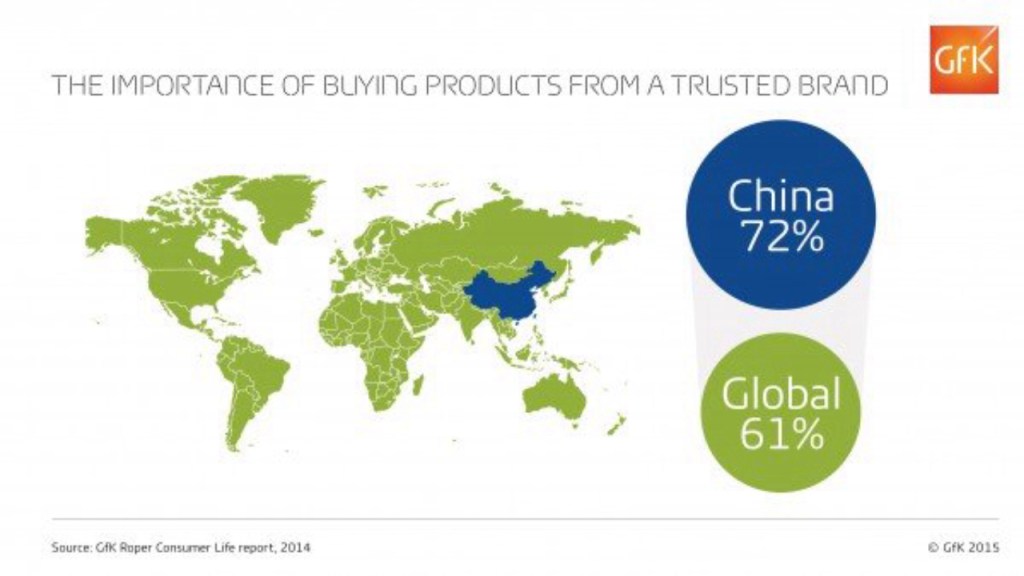The emerging middle class in Asia can be characterized as ‘aspirational achievers’. The achiever mindset dominates in urban Asia in particular. 40% of those surveyed in urban China fit the achiever profile, 36% in urban Indonesia and a significant 67% in urban India, this is compared to 27% globally.
The Asian middle class are working hard. Thailand and India lead the way with China close behind. Whereas globally the average number of hours worked per week is 36.3, with 5.7 hours spent commuting, in Thailand it is 50.9, with 7.6 hours spent commuting.
The changing values and increasing disposable income of the Asian middle class drive how they spend their leisure time, including how often they go shopping, and their purchasing decisions. 63% of Indian consumers and 58% of Chinese consumers see shopping as a pleasure, not a chore.
The emerging middle class in the developing markets in Asia are shopper savvy, but while they are looking for good value for money, trust and brand reputation is still key. 72% of consumers in China will only buy products or services from a trusted brand, compared to 61% globally.
In China, Indonesia, Thailand and India, brand awareness and trust are higher than they are globally. 95% of those surveyed in India agreed with the statement “It’s better to buy well-known brands because you can rely on the quality” compared to 61% globally. Brand loyalty is increasing in China, India and Indonesia, while declining or staying the same in developed markets. For example, it has declined from 69% to 51% since 2006 in Australia, but increased from 50% to 72% in Indonesia.
A love of technology
The Asian middle class love technology. While the tech market is flattening globally, in Asia it is growing fast. Asia already leads the world in its consumption of smartphones and, with its aspirational and health conscious middle class, is unlikely to remain behind developed countries for long when it comes to the consumption of new wearables such as smart watches and health fitness monitors.
Developing markets such as Indonesia are leapfrogging other technologies straight to mobile. From 2013 to 2015, 93% of those surveyed in Indonesia stated they had accessed the internet via their mobile phone at some point in the last 30 days, way ahead of the global average of 58%.
How can brands remain competitive and thrive in these growing and lucrative Asian markets?
Brands need to communicate in a way that suits consumers who are busy, hard-working aspirational achievers and provide a fully-integrated omnichannel buying solution that enables them to make a purchase when and how they want to.
Brands must also make the most of this market’s higher brand trust and awareness by building relationships with consumers and engaging them with new touchpoints to encourage brand loyalty.
Finally, and most importantly, brands need to optimize their marketing and advertising messages for mobile. Smartphones are quite literally the gateway to millions of consumers in the exciting, fast-growing tech market in Asia.
Want to learn more about the developing APAC economies? Check out the insights from our recent Singapore-based event or contact Michael Mueller.






